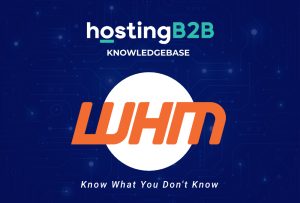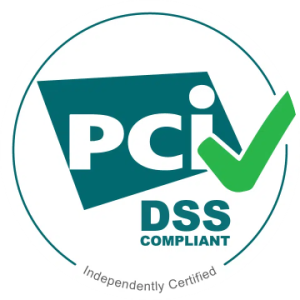How to update DNS Nameservers at GoDaddy
A guide on how to update the DNS nameservers at GoDaddy.After purchasing our hosting account, you will receive a welcome email message from us. It will contain our nameservers, and you will need to update your domain nameservers to ou…







